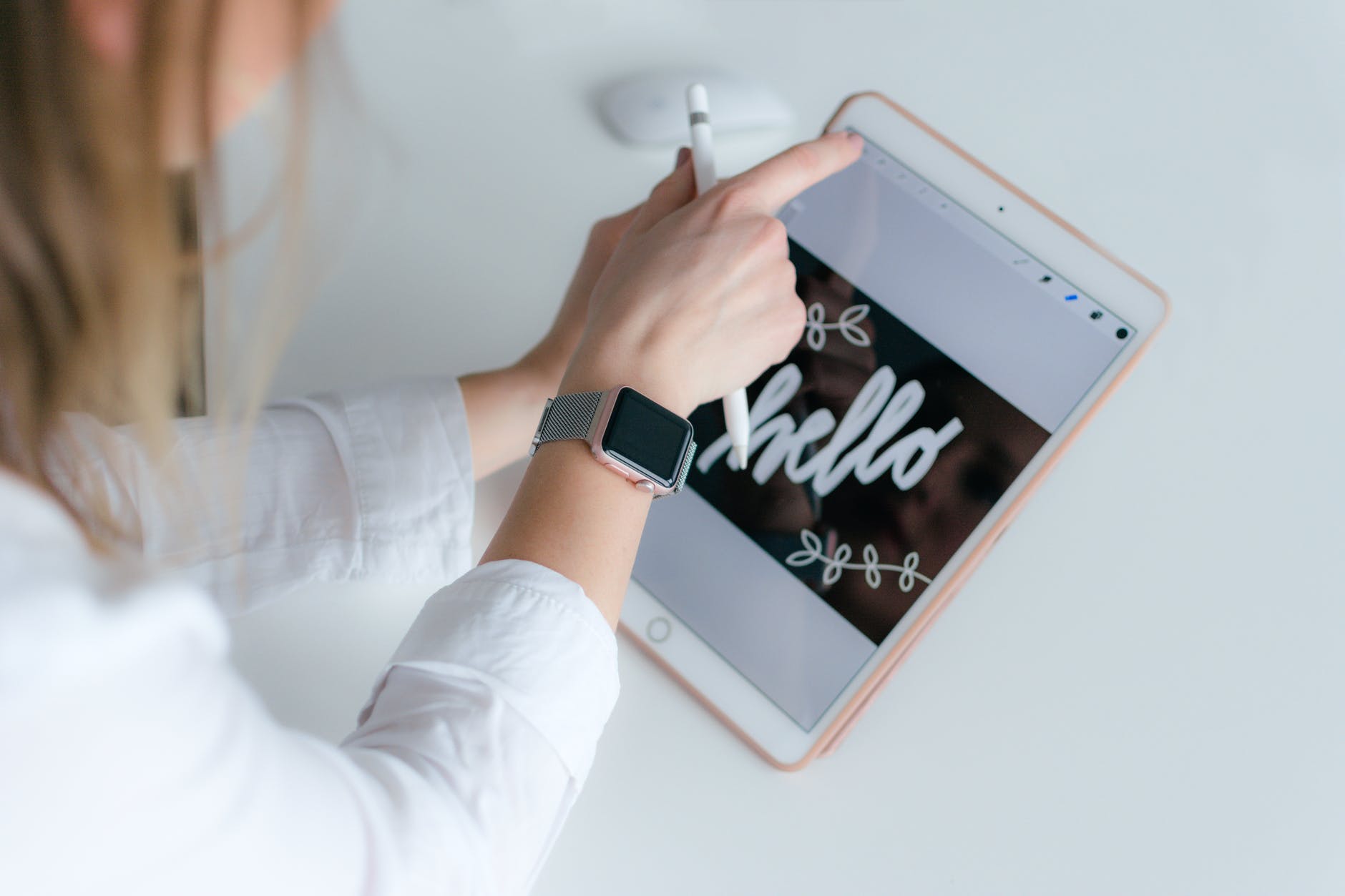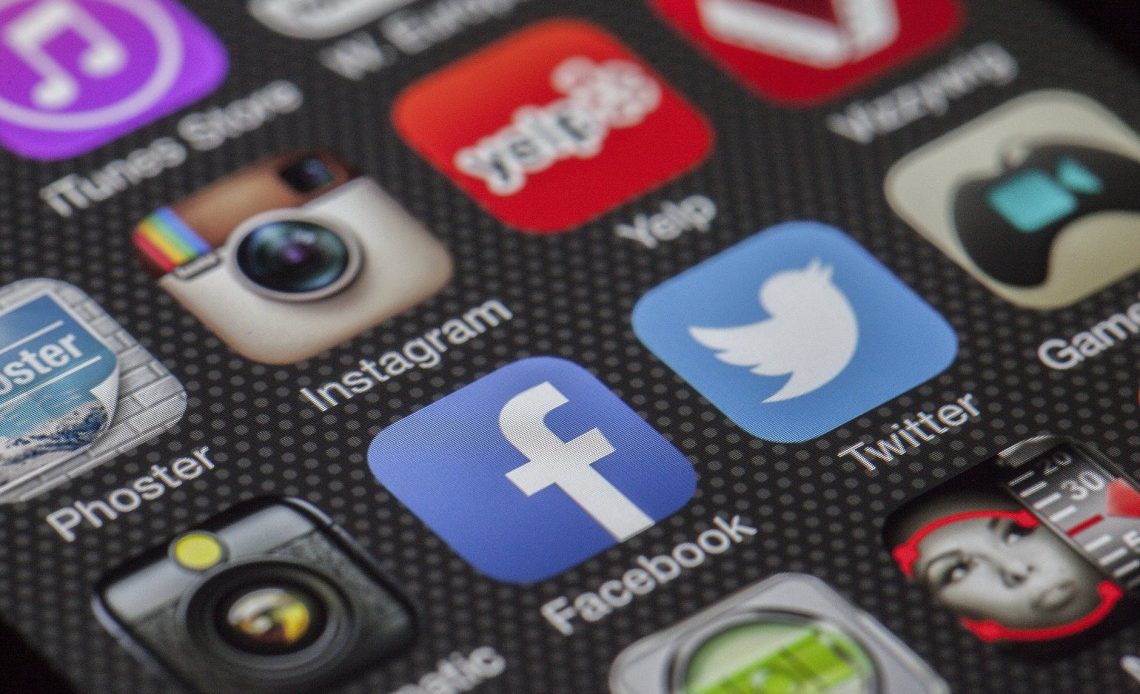The smartphone has revolutionized our lives in many ways, beyond just how we communicate. There’s no turning back. Today, mobile apps will generate more than 770 trillion euros in revenue by 2023. Organizations and skilled developers are always on the lookout to find mobile app development trends they can use to create the next great application.
Here are the top 7 trends expected to dominate the mobile app market in 2021 and the future.
1. M-Commerce
Covid-19’s unprecedented situation led to an unprecedented spike in E-commerce sales. Retail stores suffered huge losses due to owners who made it easy for customers to shop online.
Recent studies show that global M-Commerce will generate more than EUR2.8 trillion in revenue by 2021. This trend will only continue to grow, which is not surprising. Mobile app developers integrate many features into E-commerce portals to offer customers a seamless, hassle-free, one-click ordering experience.
2. Cross-Platform App Development
Cross-platform app development is becoming more popular in recent years. This approach has been adopted by IT giants such as Facebook, Alibaba, Pinterest, and others to lower costs, increase efficiency, and decrease development time.
Experts predict that the mobile app development industry will hit a new peak with the April 2021 launch of Google Futter. Flutter is a UI toolkit that allows you to create natively compiled apps for desktop, mobile, and web from a single codebase. It allows mobile app developers to create customized applications without undue effort.
The possibilities are limitless with technology such as this.

Five Ways to Drive Digital Acceleration
Do not get left behind when it comes to the digital shift in business
3. Beacon Technology
Imagine this: You see a pair of Adidas shoes online that you love but want to test it out before you buy. The Adidas app shows you where the closest Adidas stores are located so you can try them on before you make your purchase.
This would make your life so much easier. It’s possible with Beacon Technology.
Beacon Technology was introduced by Apple in 2013. It uses Bluetooth low energy (BLE), signals to provide relevant notifications and guidance. Eddystone was Google’s own Beacon Technology, which was introduced in 2015. Since then, mobile app developers have been exploring new ways to integrate Eddystone with android apps.
Beacon is a mobile app development trend that has great potential for travel, tourism, and mobile payments.
“I believe that the future is mobile, and the future of all things.”
4. Displays that Fold
The folding display is a mobile app development trend that will revolutionize the smartphone industry in 2021. High demand has already been seen for folding mobiles such as the LG G8X ThinQ and Samsung Galaxy Z Flip.
Mobile app developers will need to develop apps that adjust for the screen size changes every time the device is folded. It will make development more difficult. Yes. Will this open up other opportunities for app developers in the future? Yes.

Do you want to improve innovation and speed up delivery?
Your offshore development center in Silicon Valley of Asia
5. Mobile Wallets
Amazon Pay, Google Pay, and PayPal — If you’ve ever heard these words, you are probably familiar with mobile wallets.
Because of their simplicity, mobile wallets are rapidly becoming the most popular payment method. To use the mobile wallet app, users simply need to link their account details with a mobile wallet application. They can then use the app to pay bills, shop at e-commerce websites, and transfer money to loved ones.
Mobile app developers are currently working to enhance existing mobile wallets with features like audio-based, NFC, and RFID payments. Experts in the field predict that mobile wallets are going to gradually overtake traditional payment methods.
6. Wearables
People all over the globe are embracing wearable technology. Wearable technology is the future, with smartwatches, smart jewelry, body sensors, and even smart lenses.
Wearables are great because you can control them and communicate with them through your smartphone. Wearable technology is a popular trend in mobile app development.
It’s well-known that wearables can be very profitable in the healthcare sector to monitor and analyze body movements, heartbeat, blood oxygen level, temperature, and many other factors. This is only the tip of the iceberg. There are many options: smart contact lenses with built-in visual displays, smart glasses with mind-reading technology (a prototype from Facebook), virtual keyboards, and even smart contact lenses.
7. Augmented Reality and Virtual Reality
Augmented Reality is already dominating the gaming industry. It’s only a matter of time before this mobile app development trend begins to impact other areas of our lives.
Apple, for example, introduced ARKit, a platform that allows app developers to create AR experiences in their apps and games quickly using the device’s camera and processors as well as motion sensors. This feature allows analyzing a room, accurately capturing volume and depth, and even creating an 80’s music clip in AR. Google’s ARcore also gives users a glimpse into the inevitable mixed-reality revolution.
In 2021 and beyond, AR-based apps will be fully functional in mobile apps across all industries, including healthcare, retail, education, and tourism.
Preqin Case Study: Scaling at Speed
How we helped fintech set up a Bangalore-based development center
Trends in mobile app development for 2021 and beyond: A conclusion
Mobile app development is always changing. Businesses must keep up with the latest technologies and innovations to stay ahead.
With the arrival of 5G networks, as well as technologies such as Machine Learning, Augmented Reality, and Augmented Reality, mobile apps will be able to deliver speed, simplicity, and personalization. The industry is making a huge leap to integrate these upcoming trends into smartphones. It holds many exciting promises. For more info check out Venostech.

